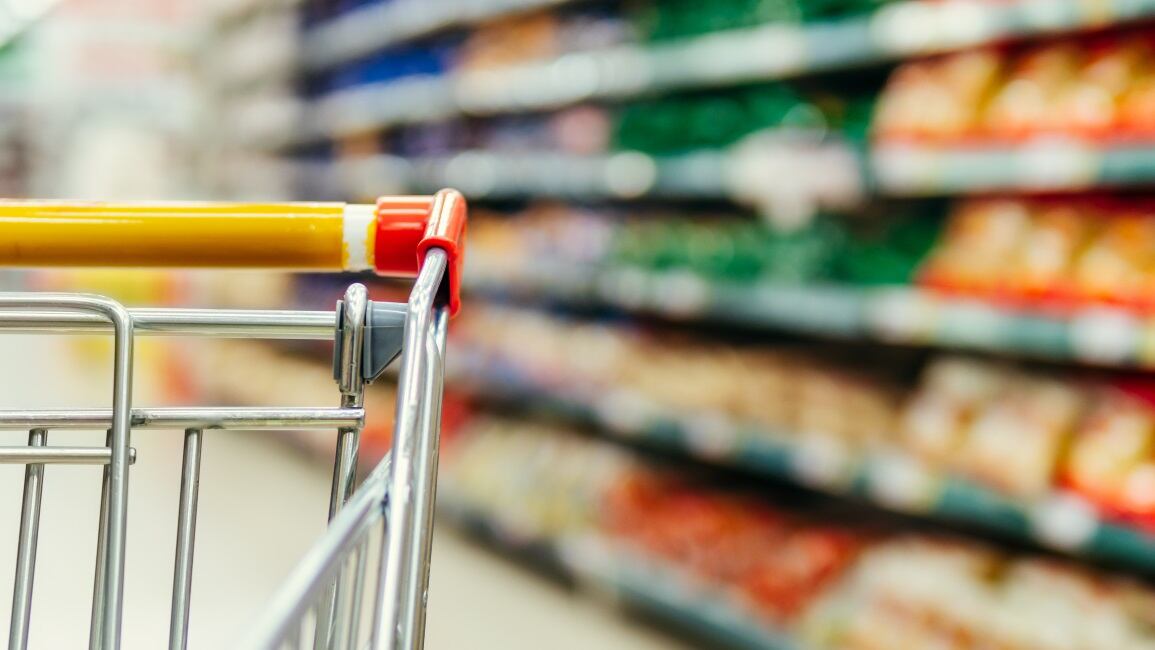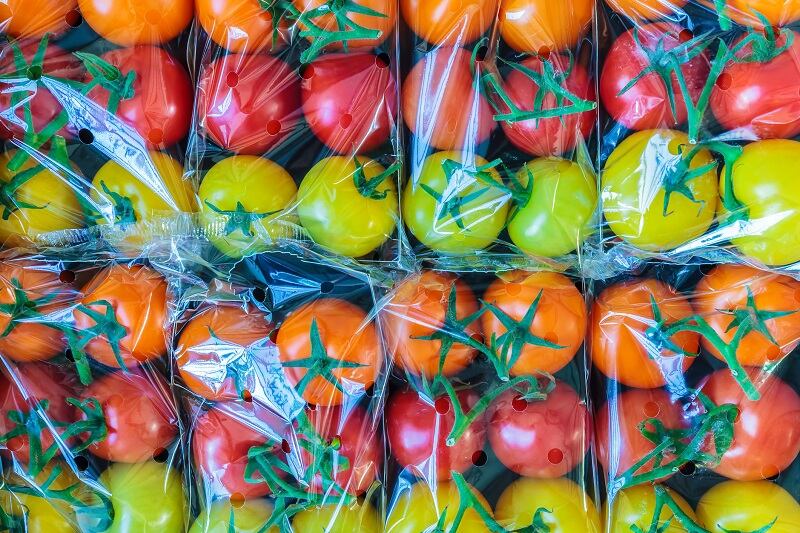Since lockdown was introduced in the UK last month, restrictions on movement and social interaction have been imposed throughout the country.
Official government guidance suggests that while people are still allowed to shop for groceries this should only be for ‘essentials’ and shopping trips should be as ‘infrequent as possible’.
Some government ministers have gone further in press interviews and briefings. Transport secretary Grant Shapps told the BBC that people should 'try and shop just once a week' and 'just do the essentials, not everything else'.
While restrictions on supermarket visits are not currently enforced, the official message is that supermarkets are a higher-risk area for transmission of COVID-19.
Many shops have placed restrictions on the number of people allowed in at a time to support social distancing efforts that require people to stand two metres apart. Today (3 April), Sainsbury’s banned couples from shopping together to limit traffic. The move follows a similar move from Waitrose, which introduced a ‘one person per household’ rule last weekend.
However, new data from HIM & MCA Insight’s new shopper tracker, Channel Pulse, reveals that shoppers are apparently not heeding calls to keep their supermarket visits to a bare minimum.
Channel Pulse demonstrated that between 23 and 27 March 2020 the average convenience retail shoppers visited a c-store 2.1 times, supermarket shoppers visited 1.8 times and discounters 1.8 times over the course of the five-day period.
Blonnie Walsh, head of insight at HIM & MCA Insight noted that this frequency is below pre-coronavirus levels, reflecting a change in shopper behaviour. “Although visit frequency has dropped since pre-coronavirus, shoppers continue to visit grocery retailers regularly, despite calls from the government to leave the house as little as possible,” she noted.
Interestingly, just 2.6% of convenience shoppers, 33% of supermarket shoppers and 25% of discounter shoppers were on a main shopping mission. The most common mission at convenience stores (32%) and discounters (29%) was ‘top up planned’. This accounted for 25% at supermarkets.
HIM & MCA, owned by FoodNavigator publisher William Reed Business Media, suggested that given high levels of out of stocks at this time, frequent shopping trips could reflect a need to make additional visits for shoppers to buy everything they needed.
What categories are driving footfall?
Walsh said that most top-up trips are to buy products that have a shorter shelf life. “Shoppers are making frequent visits to stock up on categories with a shorter shelf life, including fresh fruit and veg and chilled dairy,” she noted.
Dairy was the most commonly purchased category for all three channels. Fresh fruit and veg was the next most popular purchase at discounters and supermarkets, whereas for c-stores it was wrapped bakery.
Channel Pulse, HIM & MCA’s new weekly consumer and shopper behaviour tracker, aims to provide up-to-date data on changing consumption patterns during a period of unprecedented disruption linked to the coronavirus pandemic. While the worst of the panic-buying may be over for the time being, the consumer data revealed that stockpiling is still front-of-mind for many worried consumers. In total, 12% of shopping trips were made with the primary motive to specifically ‘stockpile for the longer term’.
While the supermarket might be a high traffic area at a time when we have been asked to stay in our homes – making it a higher risk area for the spread of COVID-19 – Walsh was quick to stress that retailers are going to great lengths to safeguard the health of their workers and customers.
“Recognising the importance of serving local communities and maintaining health and safety, many retailers have gone the extra mile to protect shoppers and staff to ensure a smooth and safe shopping experience.”
Introducing Channel Pulse
Channel Pulse is HIM’s brand-new weekly consumer and shopper behaviour tracker. Channel Pulse consists of 1,000 consumer interviews every week and identifies:
• Key behavioural metrics
• Visit share across all food and drink channels
• Consumer spend per channel – inc. pubs, restaurants, FTG, convenience stores, supermarkets, delivery, online
• How does food and drink expenditure compare to other discretionary spend
• The changing attitudes of consumers towards different food and drink channels
In addition to this, once the researchers have a bank of data, they will be able to look at forecasts for the weeks and months ahead to help you plan and prepare as best as possible.
Pulse Update Centre is regularly updated with the latest consumer and shopper insight on UK food and drink. In an effort to support the industry through the current crisis, the content is free and people can sign up to free emails.




